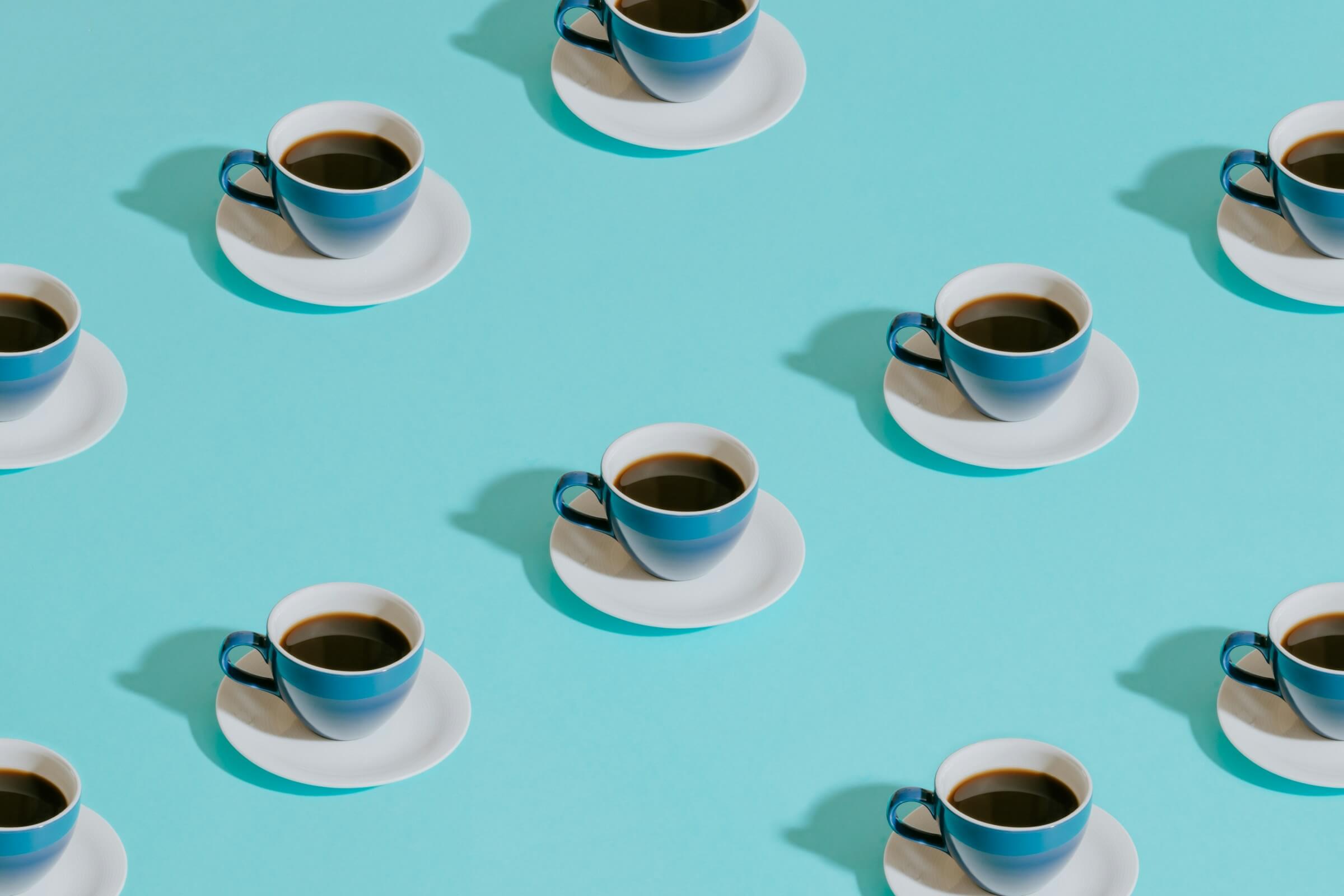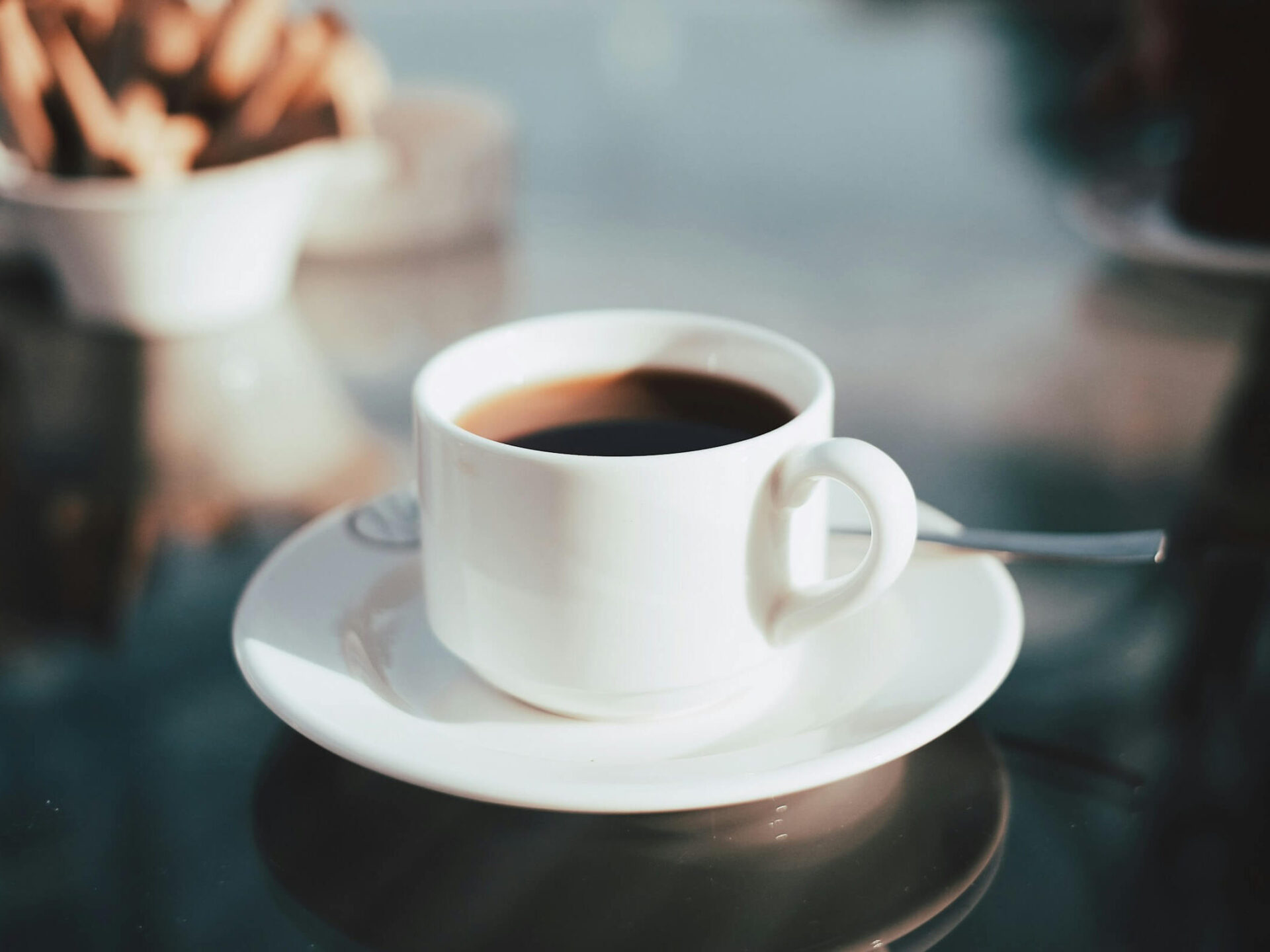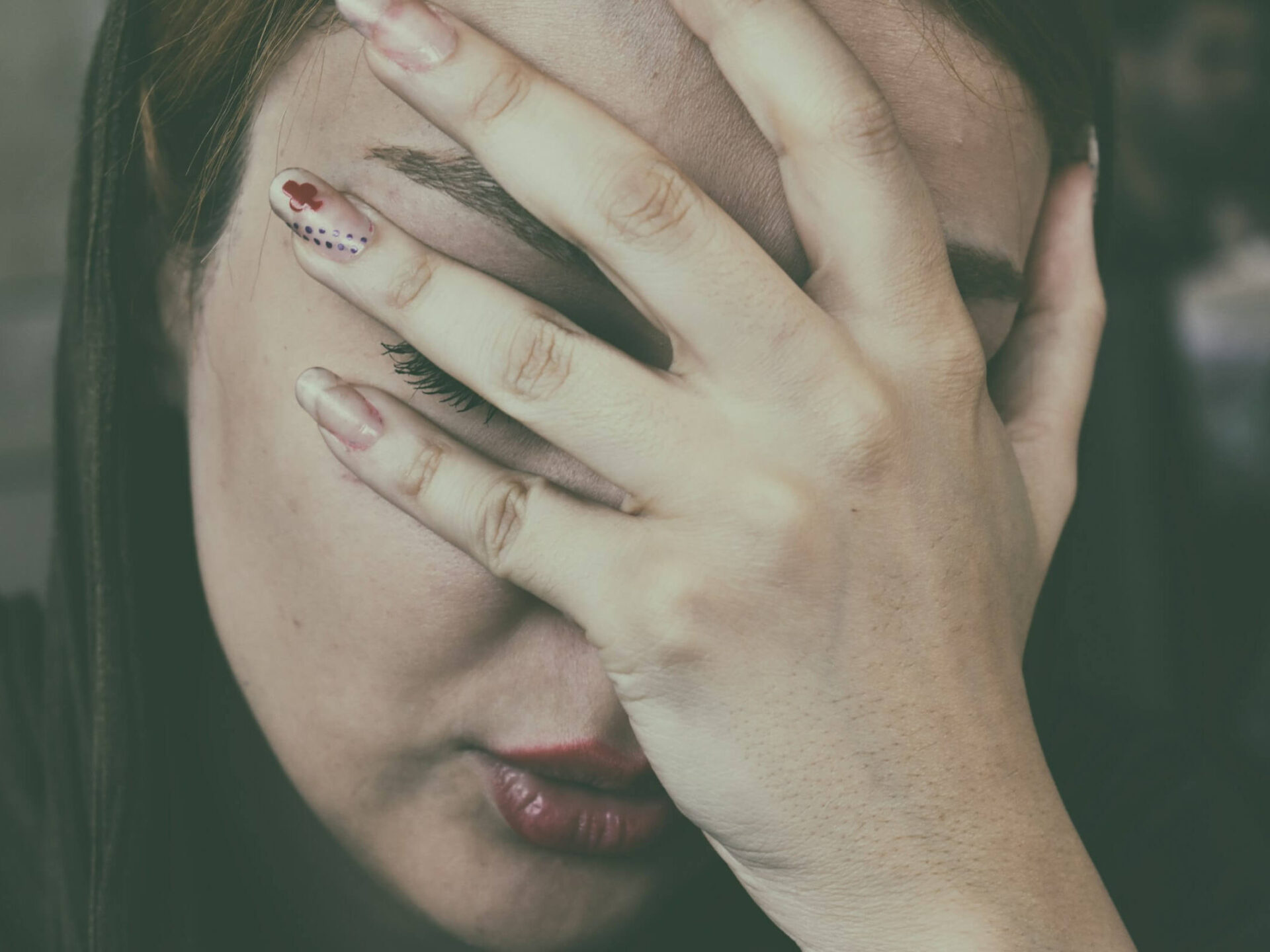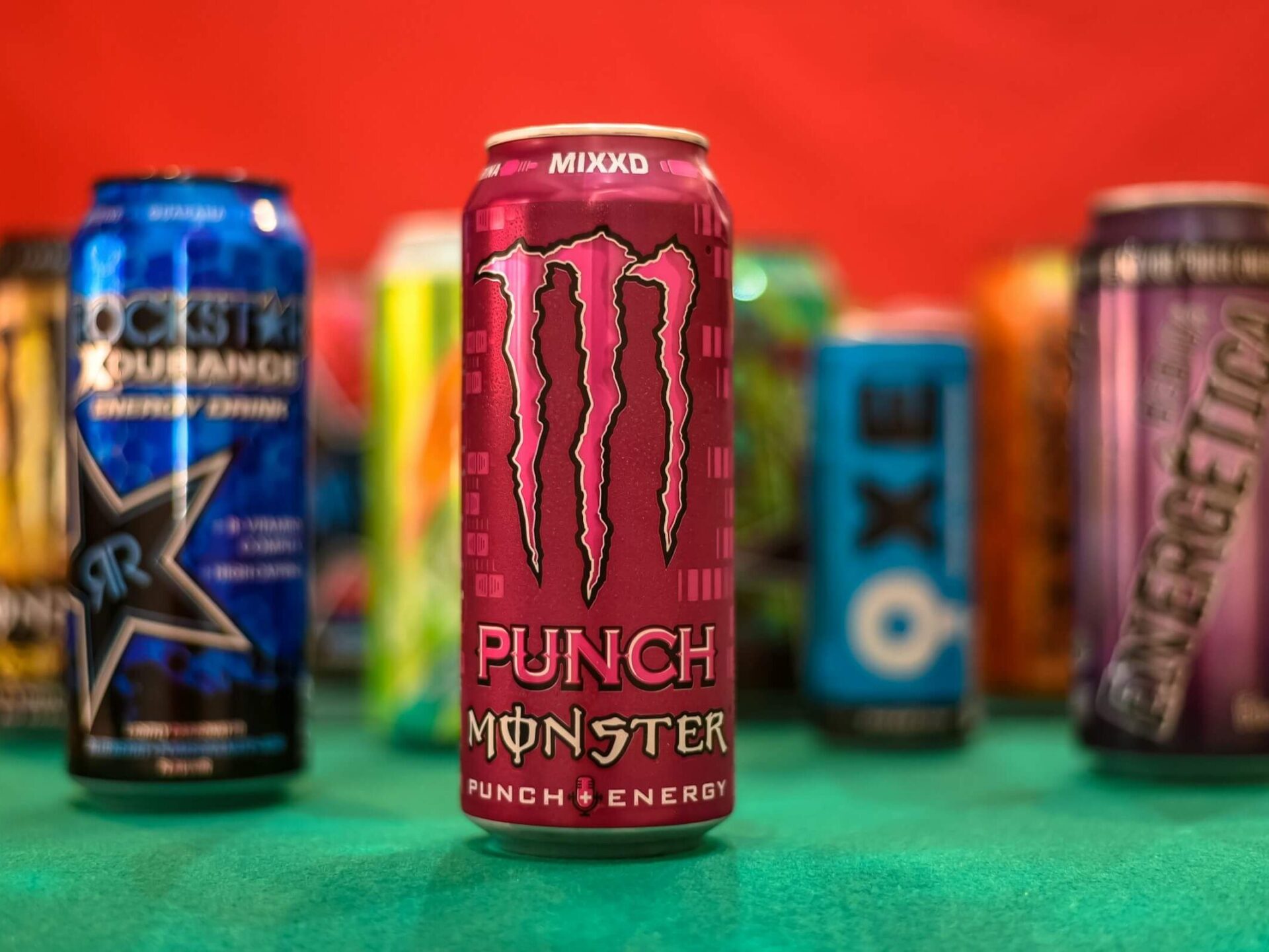
Body + Mind is reader-supported. We may earn an affiliate commission when you buy through some of the links on our site.
You’re not alone if you’ve ever relied on coffee to get through the morning or cracked open an energy drink for a late-night push. Caffeine is the most widely consumed stimulant in the world, and for many people, it feels like fuel for daily life. But when you decide to cut back — whether for better sleep, less anxiety or just to see how your body feels without it — the shift can be bumpy.
Headaches, fatigue and irritability are all part of caffeine withdrawal. The good news is that these symptoms are temporary, and with the right strategies, you can manage them and even come out feeling more balanced and energized.

Typical withdrawal symptoms include headache, tiredness or drowsiness, low mood, irritability, poor concentration, nausea or even vomiting. Studies have shown symptoms vary among individuals, but about a third of people experience headache, fatigue or drowsiness when cutting coffee. Some reported nervousness, anxiety and mood problems when intake dropped.
Headaches are a prominent symptom. While caffeine may actually relieve headaches and migraines, it can also increase frequency and severity when you take excessive amounts or suddenly stop taking it altogether. Scientists have found that since it is a diuretic, it narrows blood vessels. Without it, the veins and arteries expand, allowing adenosine — part of the body’s energy transfer process — to build up and cause a throbbing headache.
Caffeine blocks adenosine receptors to reduce drowsiness and enhance focus and mood through dopamine and other neurotransmitters. Over time, your body adapts by creating more adenosine receptors, raising tolerance. When intake stops suddenly, the increased receptor activity triggers fatigue, headache and low mood.
A 2025 study confirms caffeine improves morning mood in habitual users, likely by easing withdrawal symptoms. Without it, adenosine overwhelms, slows brain signals and triggers sleepiness, while increased blood flow causes headache pain. Anxiety may also spike in sensitive individuals, and overstimulation can worsen jitters and nervousness.

Moderate amounts of coffee can be part of a healthy diet — but high intake poses a risk. Medical guidance by the FDA sets health limits to about 400 mg daily, four standard coffees, for most adults. However, sensitive groups should aim for lower doses, such as during pregnancy or if you have diabetes. Exceeding this amount may increase anxiety, disrupt sleep and raise heart rate.
If you’re wondering how long after your last cup of Joe you can expect symptoms to start, the average is 12 hours after the last “hit,” and it can last for about nine days before your body’s chemistry returns to normal. Symptoms should start improving after about five days, depending on the caffeine exposure level your daily intake provides. Most people have no more physical symptoms after two weeks, but the mental desire for a fix may linger much longer.
Since caffeine is a mind-altering substance, much like cocaine or amphetamines, it may be especially challenging to quit if you’re a heavy consumer. In some cases, medical intervention is needed. If cutting back a cup a day is too much for you to manage and you experience headaches that no amount of sleep alleviates, mood shifts that mess with your day or if you have heart conditions, you should seek rehabilitation help.
As with any addiction, cold turkey is a concept best left for Thanksgiving and not as part of your wellness routine. Quitting should be gradual to minimize the symptom severity and ensure you continue functioning. Cut back by about 25 mg per day and use counseling to support you through the process. This tapering process has the least disruptions to your day and ensures you can still function.
Drink loads of water and avoid other caffeine-rich beverages like energy drinks when quitting coffee. Even black tea may contain caffeine, which can make quitting extra challenging. Instead, hydrate with fruit juice or water and follow a curfew where you don’t consume caffeinated drinks after 2 p.m. to ensure you sleep better. Eat nutrient-rich meals and focus on your breathing when anxiety hits.

Try some low-caffeine alternatives once you’ve reduced your habit. If you want energy, many better options exist than a cup of coffee or an energy drink. You can try these:
Doctor Daniel Amen discusses the benefits of quitting caffeine and why alternative energy stimulants are better.
You might be surprised to discover that caffeine is also present in other sources, and your daily intake could be much higher than you think. You’ll find it in:
The first few days without caffeine can feel rough, but the payoff is worth it. Many people notice better sleep within a week, since caffeine no longer interferes with deep rest. Energy becomes steadier throughout the day, instead of spiking and crashing. Digestive discomfort like heartburn or urgency improves, and anxiety may ease for those who are sensitive to stimulants. Your skin will benefit from better hydration, as caffeine dries out the skin.
Over time, your natural focus sharpens, and your mood stabilizes. Cutting back doesn’t mean quitting forever — it simply helps you reset your body and enjoy your cuppa Joe more healthily. Changing caffeine-rich drinks for natural caffeine can give you the benefit of antioxidants in healthier drinks like matcha and teas, which can help your body fight cravings and recover better.
It causes dependence, not addiction. Tolerance can trigger more consumption, while withdrawal symptoms can occur when you cut back.
Cutting back can improve sleep onset and quality, especially when you stop consumption before 2 p.m.
Not necessarily. Many find balance by using moderation or periodically resetting their intake, without giving it up permanently.
Caffeine withdrawal can feel uncomfortable, but it’s temporary and manageable. With kindness and planning, you can ease the shift, support your body and emerge with steadier energy and better sleep. Whether you reintroduce an occasional cup of Joe or sip black tea, you can find a more beneficial rhythm without becoming a slave. Take periodic breaks, building body awareness.
Your email address will only be used to send you our newsletter, and at any time you may unsubscribe. For more information, see our Privacy Policy.